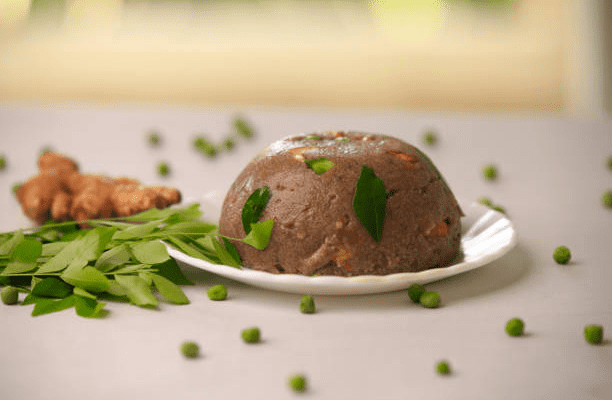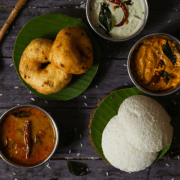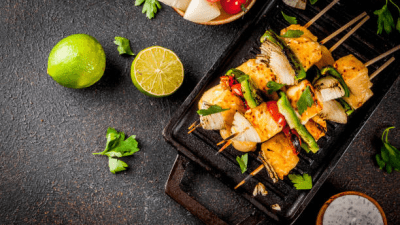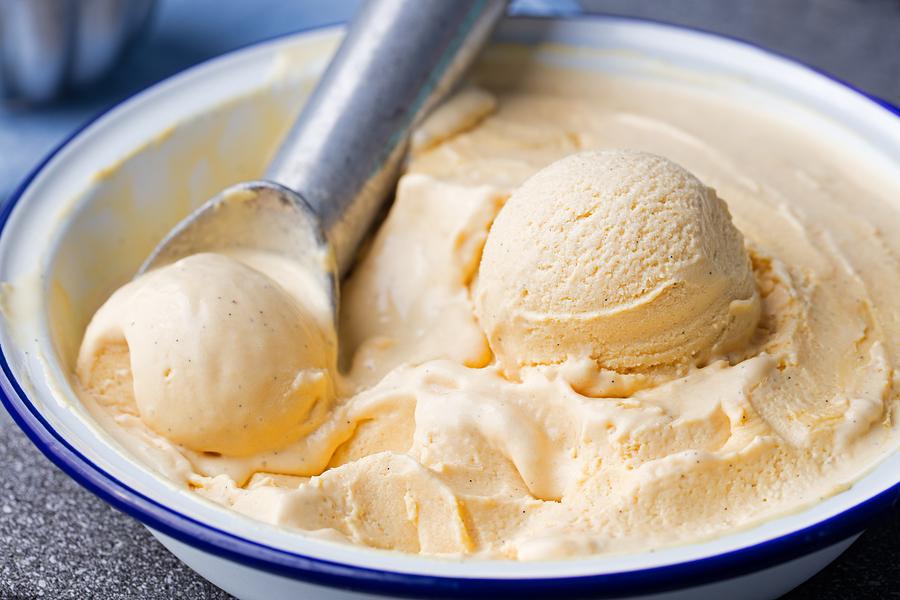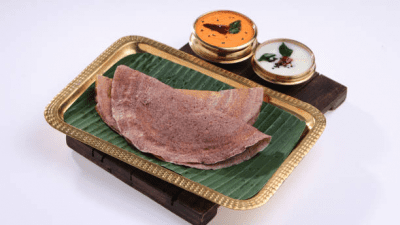South Indian cuisine is a delightful blend of flavors, spices, and a rich culinary heritage. While South Indian food is often celebrated for its savory dishes like dosas, idlis, and sambar, it also boasts a delectable world of sweet treats that are loved by foodies and regular Indian households alike. In this blog, we’re going to delve into the delightful world of South Indian desserts, exploring their rich history, unique flavors, and the cultural significance that makes them so special.
The Sweet Heritage
South Indian desserts have a long and storied history, dating back to ancient times. These sweets have played an integral part in the region’s culture, often being offered as offerings to deities during religious ceremonies and served to guests on special occasions. These traditional desserts carry the flavors of the past into the present, showcasing the artistry and culinary expertise that South India is known for.
Mysore Pak: This rich and decadent sweet has its origins in the royal kitchen of Mysore. Made from ghee, sugar, and besan (gram flour), it’s a melt-in-the-mouth delight. The word “pak” in Mysore Pak stands for “sweet” in Kannada, and it indeed lives up to its name.
Gulab Jamun: While this sweet is popular all over India, South Indian Gulab Jamun is a bit different. It’s often made with a slightly different texture and taste, which makes it unique to the region. These deep-fried milk-based dumplings soaked in sugar syrup are a pure indulgence.
Payasam: Payasam is a South Indian dessert that comes in various forms, like Palada Payasam, Semiya Payasam, and Arisi Thengai Payasam. Made with ingredients like rice, vermicelli, and jaggery, payasam is often served during festivals and celebrations.
Obbattu: Also known as Puran Poli in some regions, Obbattu is a sweet flatbread filled with a sweet mixture of chana dal, jaggery, and cardamom. It’s a delightful treat often enjoyed during festivals like Ugadi and Diwali.
Rasgulla: This spongy, syrupy sweet is famous across India, but South Indian Rasgulla has its own charm. It’s typically smaller and more delicate than its North Indian counterpart, making it a favorite dessert during celebrations.
Coconut Ladoo: South India’s extensive coastline makes coconut a prominent ingredient in many of its sweets. Coconut ladoos are a prime example, made with fresh grated coconut, sugar, and a hint of cardamom.

The Unique Flavors
What sets South Indian desserts apart from the rest of India is their unique flavors. Many of these sweets incorporate locally sourced ingredients like coconut, jaggery, and rice, which give them a distinctive taste. The use of aromatic spices such as cardamom and saffron further enhances the overall flavor profile.
The Significance
South Indian desserts have cultural and regional significance. They are not just sweet treats but also an expression of love, hospitality, and tradition. These sweets are often prepared during auspicious occasions like weddings, festivals, and family gatherings, bringing joy and togetherness.
Health Benefits
While South Indian desserts may be indulgent, they often incorporate natural ingredients that offer health benefits. For instance, jaggery, which is commonly used to sweeten South Indian desserts, is a healthier alternative to refined sugar. It is a rich source of iron and can aid in digestion. Furthermore, ingredients like coconut and ghee offer a dose of healthy fats and antioxidants.
Conclusion
South Indian desserts are a delightful and integral part of the region’s culinary heritage. They are not just sweet treats but carry the essence of tradition and culture. As you explore the world of South Indian sweets, you’ll find a perfect blend of history, unique flavors, and regional significance that make them a must-try for foodies and regular Indian households alike. So, the next time you have the chance, don’t miss the opportunity to savor these exquisite sweet delights from South India. Your taste buds will thank you for the journey through this sweet paradise.
Incorporating South Indian desserts into your culinary repertoire is a fantastic way to add variety and excitement to your regular Indian food experiences. Enjoy exploring these delicious and culturally significant treats!
Also read- Unpacking the Magic: Spices in North Indian Cooking
